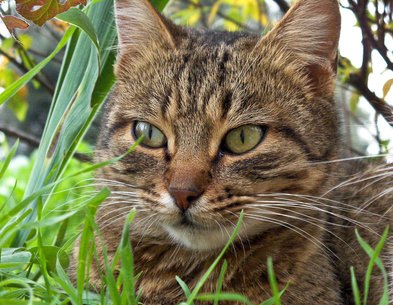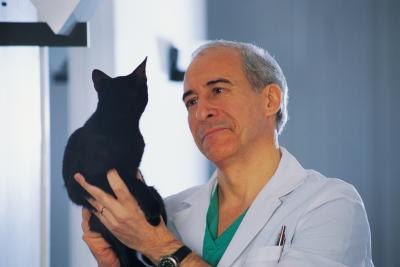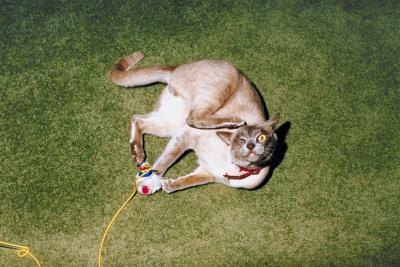According to the American Veterinarian Medical Association, there are almost 82 million pet cats in the United States. While felines largely take care of themselves, a cat owner should be aware of the causes and signs of excessive urination and hairball vomiting.
Causes of Excessive Urination
Cats with urinary tract problems sometimes visit the litter box more frequently than usual. Additionally, separation anxiety and grief can lead to urination frequency. More problematic, and perhaps more common, is the cat who drinks and voids excessively due to diabetes.
Diagnosis
Your veterinarian can make a diagnosis of excessive urination caused by diabetes by checking blood, urine and clinical signs. Insulin treatment may be required. In the meantime, place a few litter boxes around the house.
Causes of Hairball Vomiting
Cats swallow a lot of hair when they self-groom, which largely gets passed through their stool. If, however, the hair becomes matted within the stomach, the cat may expel it through vomiting.
What Does Hairball Vomit Look Like?
Hairball is actually a misnomer. The appearance is not ball-like at all, rather hairball vomit resembles the dark, slimy human hair found when unclogging a shower drain. Sometimes undigested food is contained within the vomit as well.
Preventing Hairball Vomiting
It follows that if you minimize hairballs, you will minimize hairball vomiting. Try grooming your cat one to two times a week with a stiff brush. You can also administer a lubricant preparation such as Petromalt, formulated especially for the problem, to allow the swallowed hair to pass more easily through the intestine. In addition, it is important to feed your cat plenty of fiber and water.



































